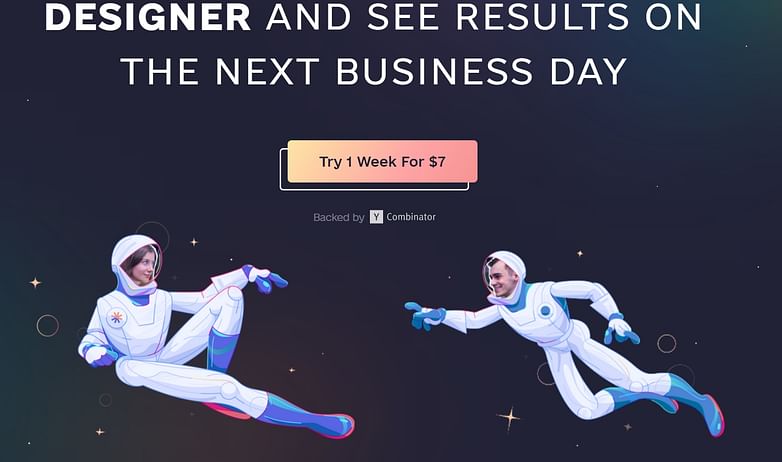Join our Facebook Group
Gaze cueing
Gaze cueing is our tendency to trace the gaze of a person to see what he/she is looking at. Ultimately as a result, our sight is fixed on the end object. According to human psychology, ‘gaze’ is known to be a significant social stimulus from the moment we are born. For example, babies learn things about their surroundings by tracing their parents’ gaze. As a matter of fact, one’s eyes are a great source of knowledge of his/her emotions, plans, longings etc. According to the research findings, visual contact transmits around 55% of information during a one to One conversation. Furthermore, based on the experiments, it was shown that we find targets quite faster following a person's gaze.
Just as this human tendency is important to learn things faster about the surroundings, it acts quite useful in the context of traditional marketing as well as digital marketing. Gaze cueing can be used to draw visitors’ attention towards a desired element on a web page, social media page, an app etc. Therefore, it can be tactically used to highlight your brand’s values, offers, rewards and most importantly CTA (call to action). The more the visitors are aware of what you have to offer, the greater the possibility towards the Conversion Rate Optimization (CRO) is.
How to use Gaze cueing in digital marketing towards Conversion Rate Optimization (CRO)?
Use human photos to highlight the 'Call to Action' (CTA)
It's not unfair to describe 'Call to action' as the most important element of a website towards Conversion Rate Optimization (CRO). CTA clearly indicates to the visitors what to do next by removing the friction of confusion. If the CTA is not highlighted well enough, then it's highly likely for the visitors to be demotivated and leave your website. The help gaze cueing can give to highlight CTA is indeed great. Regardless the CTA is a button, a text, an image, a banner etc., gaze cueing can help you. To implement, simply embed a human face setting its gaze towards the CTA that you want to highlight the most. The human face can be an image of a real person, cartoon image or even a clip art. However, as a matter of fact, real faces work great towards attention drawing.
Facial distraction should be avoided
Even though highlighting CTA using gaze cueing is beneficial towards Conversion Rate Optimization (CRO), embedding too many images can distract and scare your customers away. For example, adding a few facial illustrations to highlight all the CTAs in a single page is not a wise move. If that's the case, pick the most important CTA to highlight with the help of gaze cueing.
Belittle negative elements using gaze cueing
There are elements that must be embedded into a webpage to support authenticity that on the other hand can weaken consumer engagement. Such elements can be described as negative elements. For example, a too expensive price tag can act as a negative element, yet it's a compulsory need to have it there! Well, gaze cueing can help you to keep such negative elements out of attention from your visitors. All you have to do is to place such elements outside the perceived gaze direction. Yes, it's killing two birds with one stone!
Final thought
Gaze cueing being our tendency to follow another person's gaze to learn about the surrounding brings many benefits in the context of digital marketing towards Conversion Rate Optimization (CRO). For a website that already works great towards conversions, the use of gaze cueing may not be a compulsory need. However, if you struggle towards obtaining conversions or plan to improve conversions, you can give this tactic a try to highlight the CTAs of your landing pages.
Gaze cueing example
Awesomic is using an illustration with 2 people gazing at each other to highlight the CTA just above them in the crossing of their gaze.

Example of hypothesis applied
If we add a human image with eyes directed to CTA, then click-through rate for all users on desktop devices will increase, because of Gaze cueing.
References
The references contain experiments and studies that prove this bias is there.
Frequently Asked Questions
Will you use psychology for your experimentation process?
Are you curious about how to apply this bias in experimentation? We've got that information available for you!
Join over 452+ users
- Lifetime access to all biases
- Filter on metrics, page type, implementation effort
- More examples and code for experimentation
Choose your subscription!
Pay with Stripe
Lifetime deal PREMIUM
Get access to the search engine, filter page, and future features.